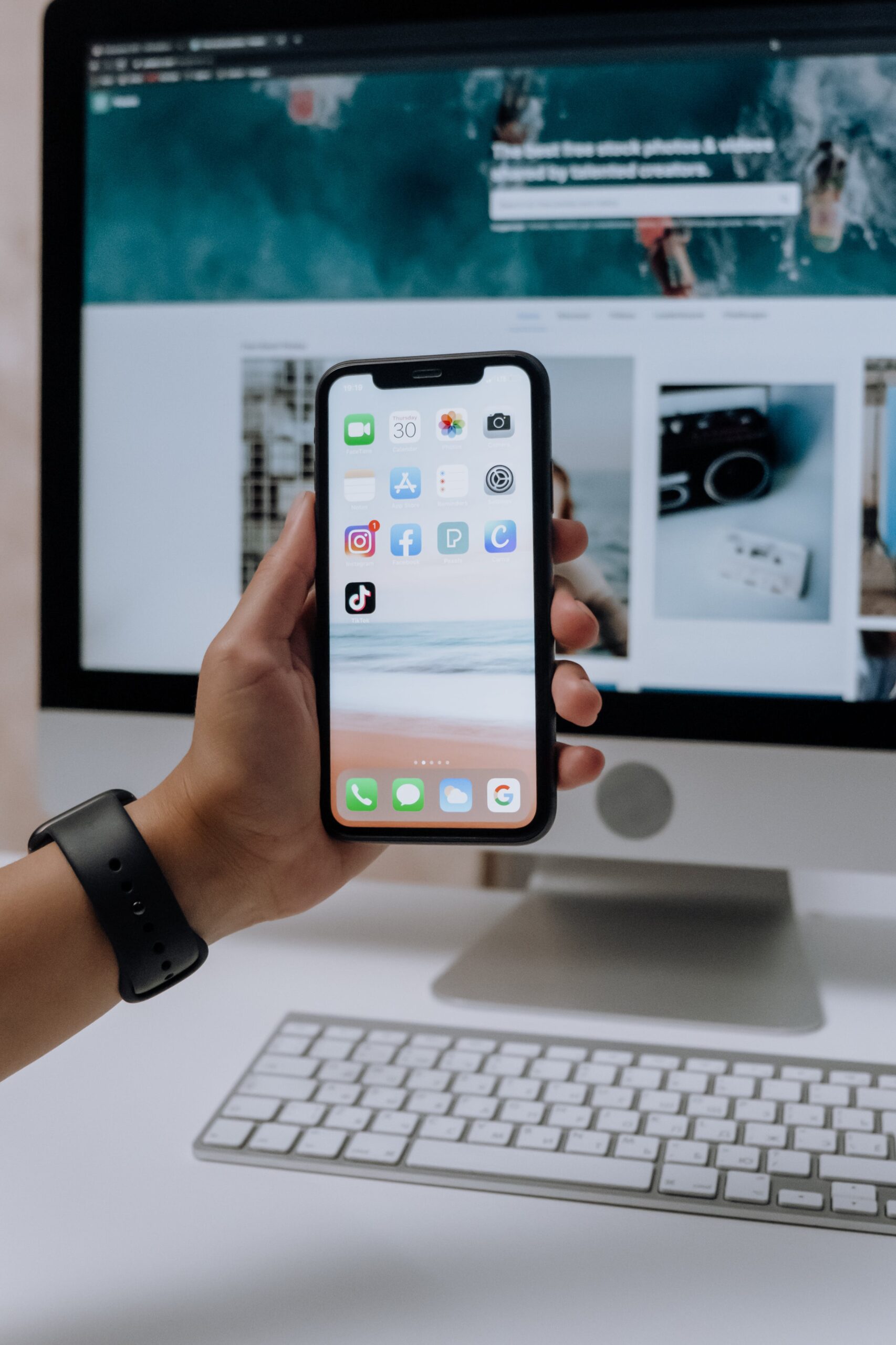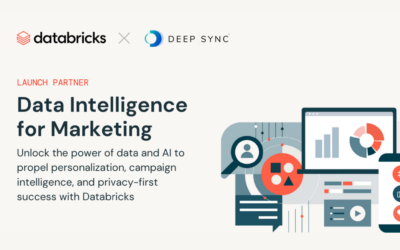Modeling “easy buttons” — in the form of segmentation tools like Google’s “Similar Audiences” and LinkedIn’s “Matched Audiences” — were designed to take the weight of complex audience-building off of marketers’ shoulders. The lookalike targeting functionalities on platforms like Google, LinkedIn, and Meta are built on a rich understanding of consumers and their behavior as it relates to their use on each individual platform. However, while automated modeling tools are certainly convenient, they have limited audience-targeting capabilities.
Omnichannel marketers are increasingly concerned about navigating the industry’s walled gardens and the potential impact of limiting their learnings to a singular platform. After all, the largest walled gardens accounted for 78% of global digital advertising revenue in 2022.
And, the impact of walled gardens is still growing; by 2027, the largest industry players are expected to account for 83% of global digital advertising revenue. Marketers’ reliance on single-channel platforms will continue to limit their omnichannel campaigns as these walled gardens increasingly restrict the “open internet.”
For omnichannel marketing to be truly successful, marketers need to break through those walled gardens. This can be done by activating the same, exact lookalike audience across multiple platforms and channels.
How Walled Gardens Limit Omnichannel Campaigns
Platform-specific walled gardens create real challenges for marketers. Walled-off silos among highly differentiated channels cause fragmented audience targeting. Using each separate platform’s modeling capabilities can create lookalike audience lock-in, which occurs when each lookalike audience is confined to the platform where it was created.
The risks of lookalike audience lock-in include:
- The more platform-specific lookalike audiences you have, the more you’ll spend on learning and experimentation on different channels. This is because each lookalike audience learns in its own environment.
- It’s impossible to get a complete understanding of your customers or target audience because everything is disparate, so you can’t apply learnings across channels or platforms.
- You don’t have a comprehensive view across your full target audience, so you won’t know who is clicking on your ads and converting vs. not converting.
- You miss out on the multiplier effect created by increased brand awareness, recall, and resonance. If the same audience sees your ads on multiple platforms, that’s significantly better than having multiple, different platform audiences see your ads.
The lookalike audience created by one platform will only see ads on that platform. For example, Facebook may identify someone as a good prospect, but LinkedIn may not. Hoping disparate lookalike models overlap can result in a significant waste of marketing efforts and dollars. Fortunately, there’s a better way.
What the Future of Targeting Looks Like
The solution to lookalike audience lock-in lies in better data. When marketers build a lookalike audience outside of any one platform, it becomes possible to target that exact audience across every channel. So, the same, exact prospect can see advertisements across social channels, websites, streaming services, direct mail, and more.
This method makes prospects significantly more likely to convert over time since the ads will reach them across disparate channels. In fact, brands with a well-executed omnichannel strategy will see a 9.5% yearly increase in annual revenue.
Additionally, having full control over lookalike audience creation provides more insight into the model creation process. This information can include key demographics, interests, behaviors, weightings, and more. So, marketers can better understand their customer base, inform future decisions, and see who is most likely to convert.
Break Through Those Walled Gardens
For omnichannel marketers looking to avoid lookalike audience lock-in, the most effective strategy is to build a model once and use it for whichever channels make the most sense for their brand and their customers. The problem for most marketers is that modeling “easy buttons” are exactly that — easy. Most companies don’t have the expertise to create a lookalike model that benefits from complete portability.
Working with a data provider can significantly reduce lookalike audience lock-in, without complicating the process. This makes it possible to easily build an audience once and deliver it to all online and offline channels — increasing touchpoints and conversions.
But the question remains: Are marketers ready to disrupt the status quo to break down those data silos and walled gardens?

This article was originally published in the Association of National Advertisers’ Marketing Knowledge Center: “How Lookalike Audiences Can Fuel Omnichannel Campaigns“












0 Comments